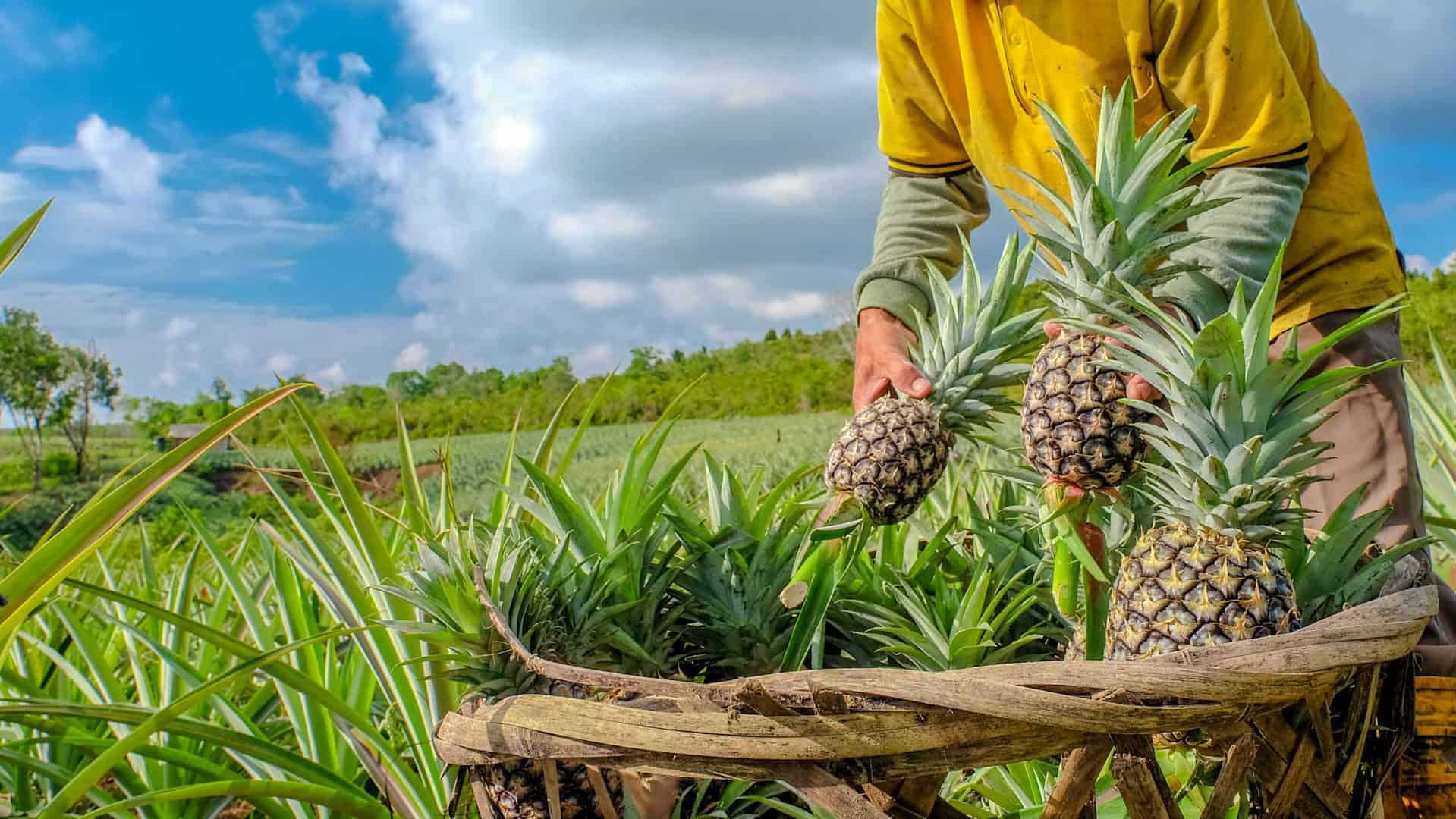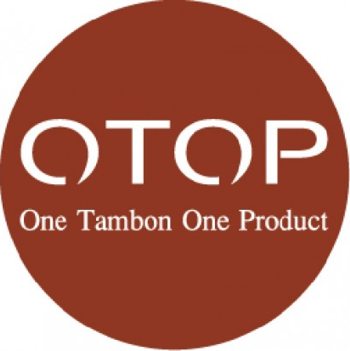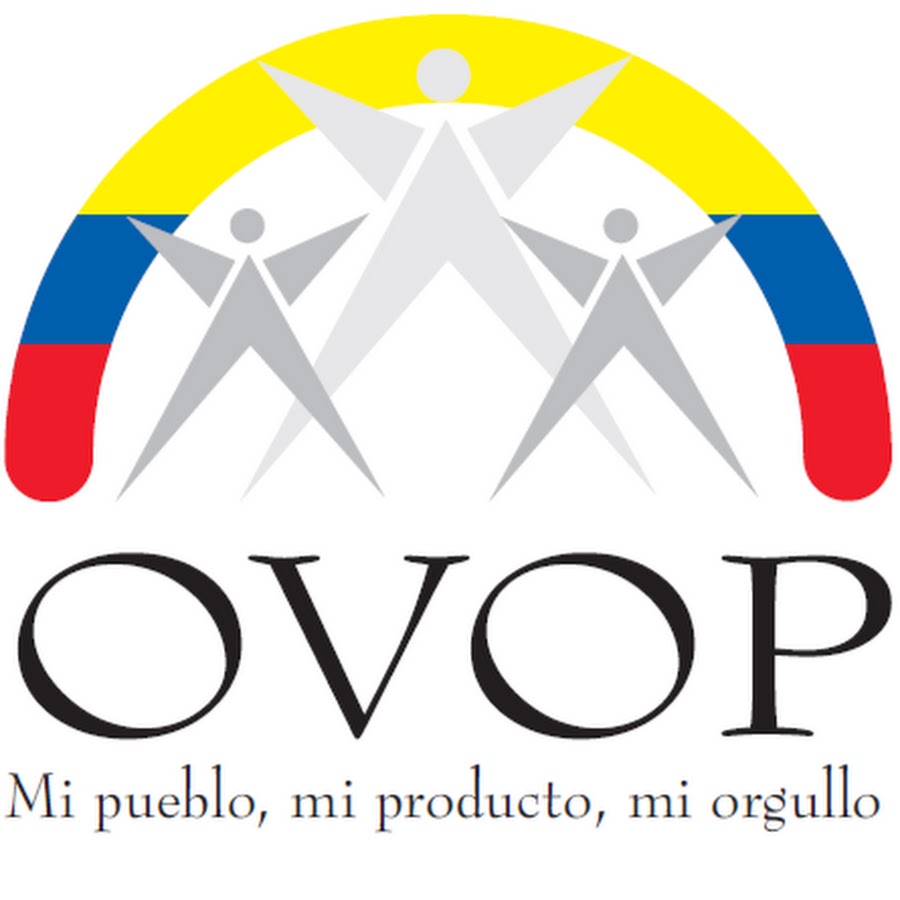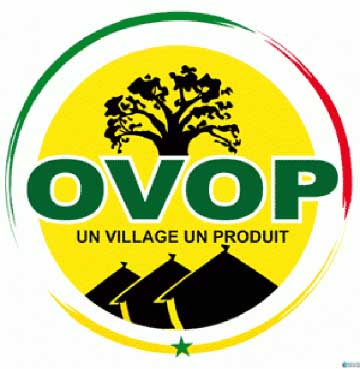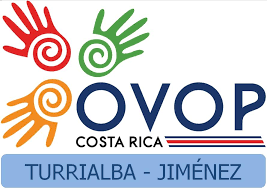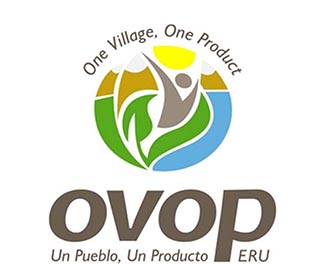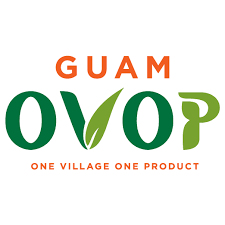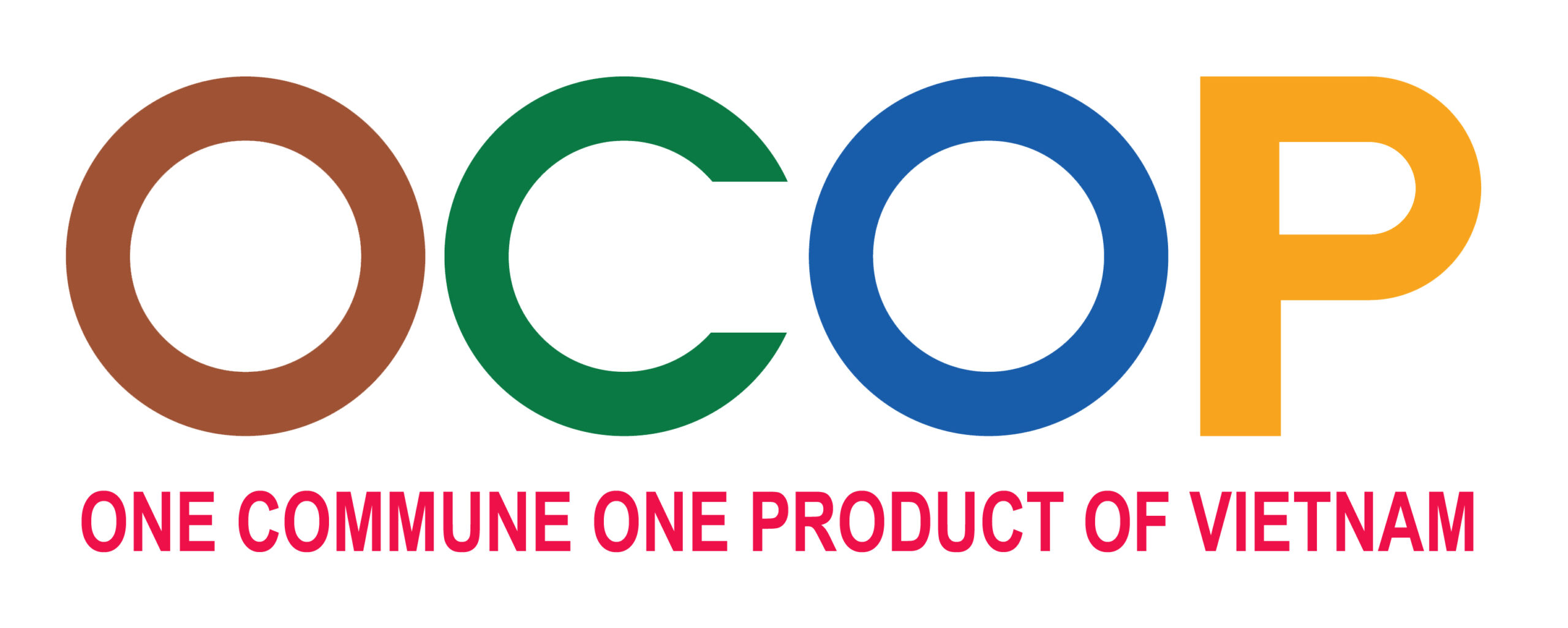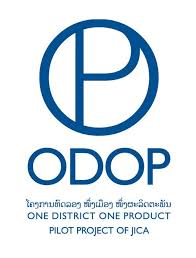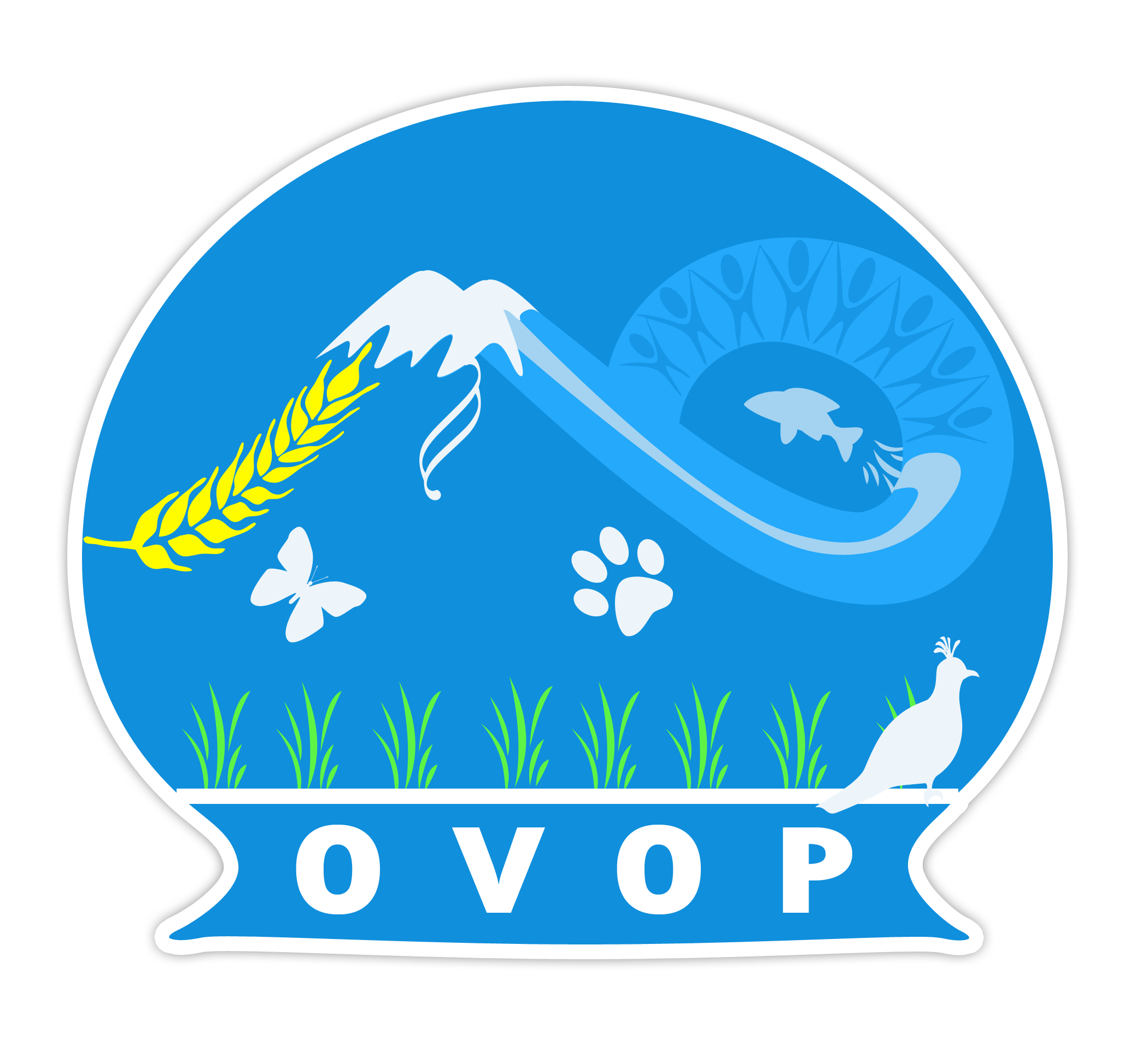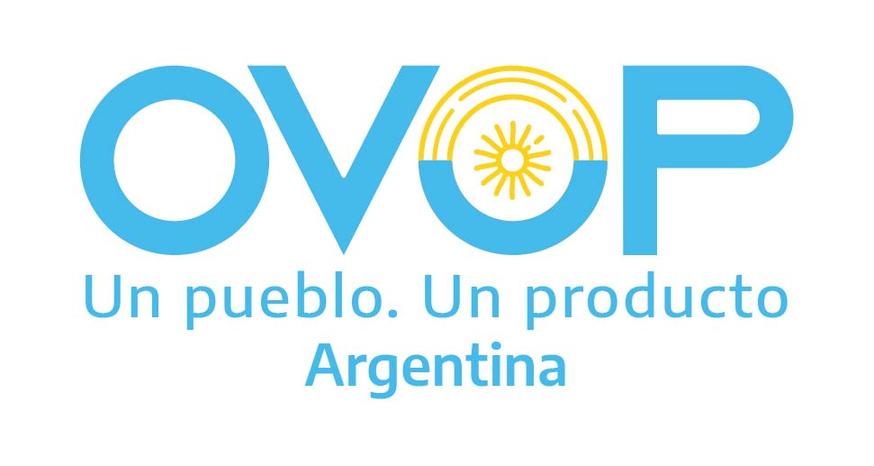Pineapple (Ananas comosus), a tropical plant with edible multiple fruit consisting of coalesced berries, named for resemblance to the pine cone, is the most economically important plant in the Bromeliaceae family. It is mainly grown for its fruits, either fresh or in processed forms. Pineapples may be cultivated from a crown cutting of the fruit, possibly flowering in 20-24 months and fruiting in the following six months.
The Philippines is the second biggest pineapple-exporting country in the world next to Thailand. In the Philippines, Pineapple is extensively cultivated in the Northern Mindanao, SOCCKSARGEN (Southern Cotabato, Cotabato Province, Sultan Kudarat, Sarangani, General Santos City), Bukidnon, Bicol and CALABARZON (Cavite, Laguna, Batangas, Rizal, Quezon) for domestic and foreign markets either fresh and for processing.
Pineapple may be consumed fresh, canned, juiced, and are found in a wide array of food stuffs - dessert, fruit salad, jam, yogurt, ice cream, candy, and as a complement to meat dishes. Like the other fruit, pineapple has vitamins, minerals, fiber and enzymes that is good for the digestive system and helps in maintaining ideal weight and balanced nutrition. Pineapple is a good source of Vitamin C . Pineapple has minimal fat and sodium with no-cholesterol. It is believed to protect against cancer and break up blood clots and is beneficial to the heart. It also relieves intestinal disorders and soothes the bile and has the capacity to stimulates the kidneys and aids in removing toxic elements in the body. This also helps accelerate the healing of wounds due to injury or surgery. It also reduces inflammation.
In addition to consumption, in the Philippines the pineapple's leaves are used as the source of fine grade textile fibers which can be used in the manufacture of the luxurious and famous piña cloth, twines and cordage and is employed as a component of wall paper and furnishings, amongst other uses. Its leaf juices and the unripe fruit is a source of medicine for anthelmintic, diuretic and digestive refrigerant. The by-products from fruit processing can be used in making wine, vinegar and ‘nata’ or gel. Other waste from canning can be pulped and dried for livestock feeds.






